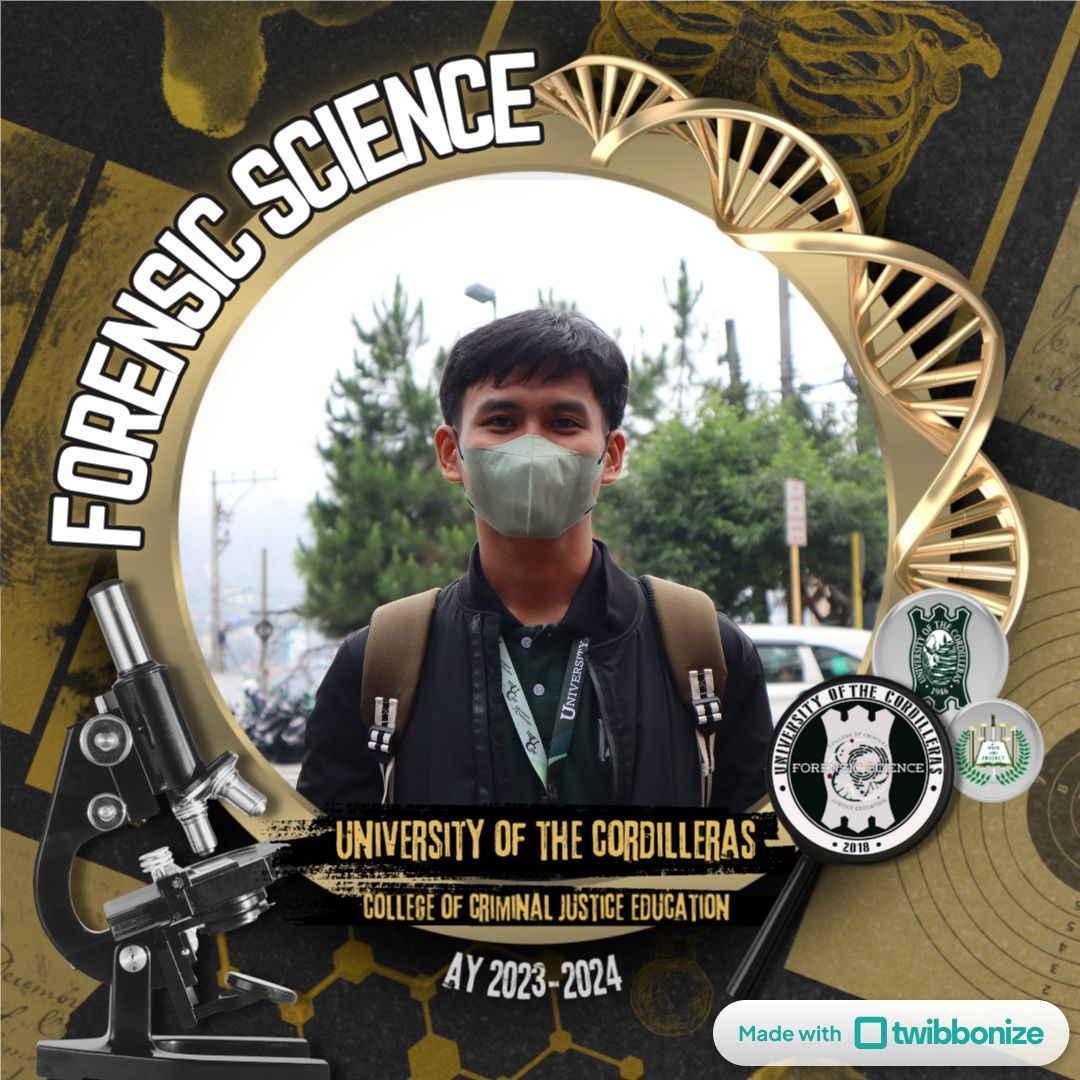MODULE 5 | Taphonomic Changes and Alterations
Cards (69)
- Forensic Skeletal Analysis - involves identifying post-mortem modifications to reconstruct the history of skeletal remains
- Forensic skeletal analysis includes bone staining and color changes
- Color changes - hint for depositional environment
- Fresh and unstained bones usually have a yellowish-white to yellowish-brown color due to presence of lipids.
- Documenting bone color can be done using Munsell Color Chart.
- Munsell Color Chart - can identify color based on value, hue, and chroma
- The color of bone changes during the decomposition process and when the bone is dry.
- Factors to Color Changes
- Soil
- Sunlight
- Hemolysis
- Decomposition
- Microorganism
- This factor to color changes refers to the breakdown of red blood cells (RBC) causing areas of the bone to turn dark reddish-brown color.Hemolysis
- This bone coloration factor causes dark reddish-gray color to the bone.Decomposition Process
- When bones dry postmortem, the yellowish color may change to Ivory or off-white color.
- Bleaching - refers to the whitening of the bones
- Sun Bleaching - refers to the whitening of the bone surface due to the exposure of the bone to the sun. This is particularly caused by the Ultraviolet radiations.
- Calcination - bleaching of the bone due to intense heat or fire
- Both sun bleaching and calcination causes whitening of the bones because they destroy organic materials in and around bones leaving behind inorganic materials.
- Bleaching of the bone may also be due to the presence of adipocere i.e., the grayish waxy substance formed by the decomposition of soft tissues.
- Chemical staining - refers to the coloration of bones particularly acquired during degreasing (i.e., removal of oils and other organic materials) of bones
- Color Changes due to Chemical Staining
- Hydrochloric Acid (HCl) - dark brown staining
- Sodium Hydroxide (NaOH) - bone becomes white
- Staining in skeletal teaching materials leads to darker appearance of the bone.
- Soil staining
- mostly acquired during exhumations
- often the result of burial or contact with the soil surface
- In forensic context, bones in contact with the ground surface can take on a black or darker brown coloration associated with the darkly colored organic matter that comprises the organic horizon.
- The interaction of bone within an environment is dominated by water.
- Dark staining of buried bones can also be due to Manganese Hydroxide or Manganese Oxide (i.e., the blackish/brown solid that occurs naturally are minerals).
- Metal Staining - refers to the staining of bones related to corrosion
- Corrosion - a natural destructive environmental process that leads to the decay of most metals or alloys
- Factors Influencing Corrosion
- Postmortem Interval
- Chemical nature of burial environment
- Composition and structure of metal artifacts
- Classification of Metals Based on their Susceptibility to Corrosion
- Gold, Stainless steel, & Surgical steel - Corrosion-resistant metals
- Copper - Metals susceptible to initial rapid corrosion and subsequent stabilization
- Iron - Metals which corrodes fast but does not form corrosion protective layer
- Iron and Copper are the most common metals that stain bones.
- Iron corrodes and results in metal staining on bones; while copper, due to its greenish corrosion product, can be identified on bones and often helps detect remains associated with artifacts such as coffin and jewelry.
- Metal Staining due to Mercury
- rare cases
- can stain bones from dental amalgam restorations
- common on teeth and jaw (allows identification using dental record)
- results to metallic black stain
- Organic Staining - happens on bones located outdoors which commonly interact with organic materials e.g., plants and trees
- Algae - organic matter that can be used to determine postmortem submersion interval (PMSI)
- Mosses can also grow on bones resulting in green stains.
- Spectrophotometry - gives profile to an unknown base on its interaction with light
- Root Staining and Etching
- recognized taphonomic modification seen as a pattern of shallow grooves on the bone surface
- typically due to acids produced by the growth and decay of roots in direct contact with the bone surface
- less common in forensic remains due to shorter PMI
- Decomposing Plant Material Staining
- Acorn - circular patches and darker staining
- Maple leaves - larger, lighter areas of staining
- Pine - linear staining pattern and tannish coloration
- Calcium carbonate can permeate the bone leading to staining and encrustation.
- Color changes from organic staining can manifest for as quickly as 2 months after bone exposure.
- A uniform coloration is an indicator that the remain was buried. If the coloration is sporadic (irregular), it is an indicator that the remain was not buried and was deposited on the surface.
- Possible Associated Color with the Taphonomic ProcessA) Sun BleachingB) Commercial PreparationC) Industrial ChemicalsD) Humic AcidsE) Manganese DioxideF) Manganese CarbonateG) PermanganateH) IronI) VivianiteJ) Copper and Copper AlloysK) MercuryL) GreenM) GreenN) Light brown to blackO) WhiteP) White to off-white
